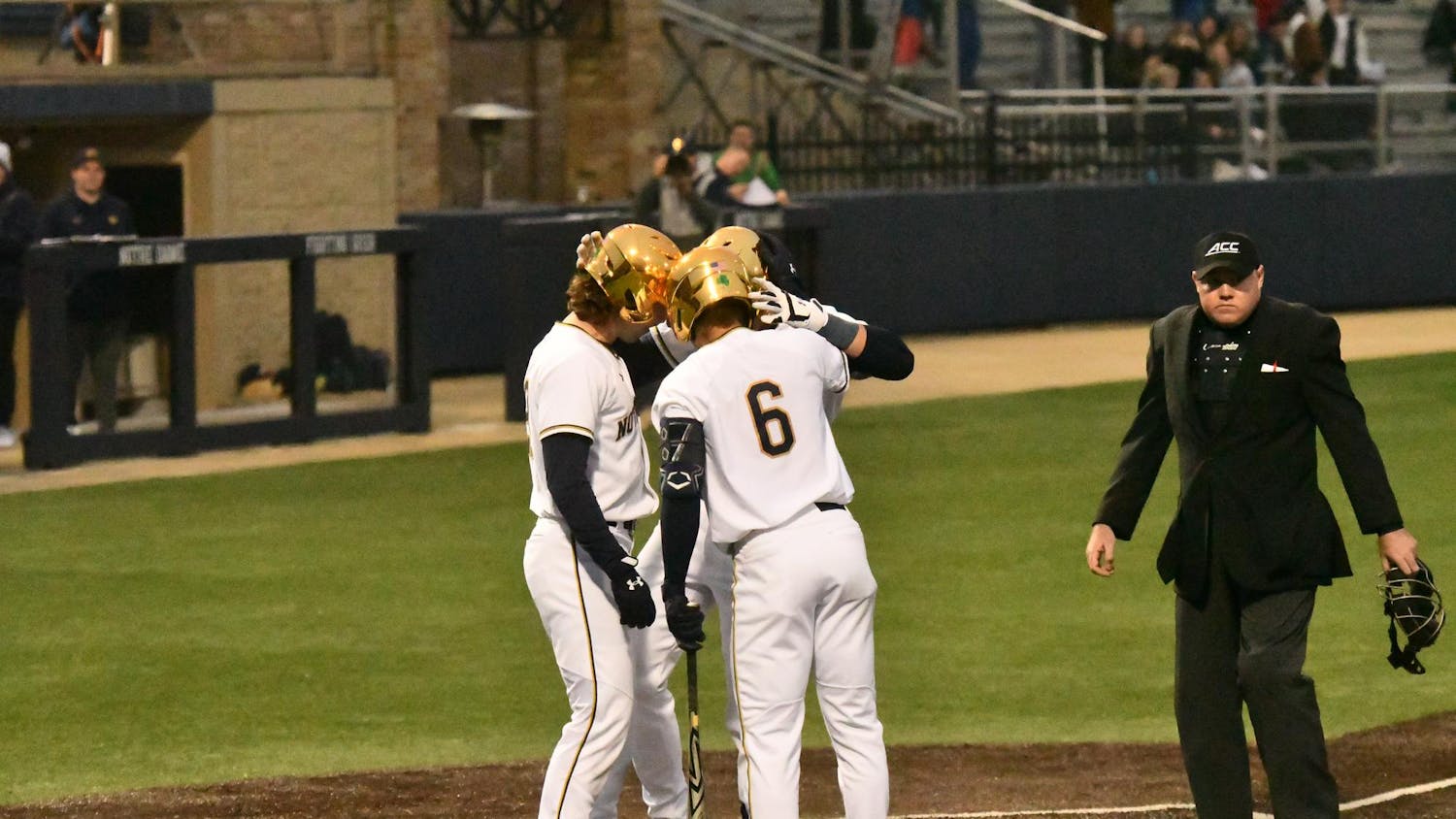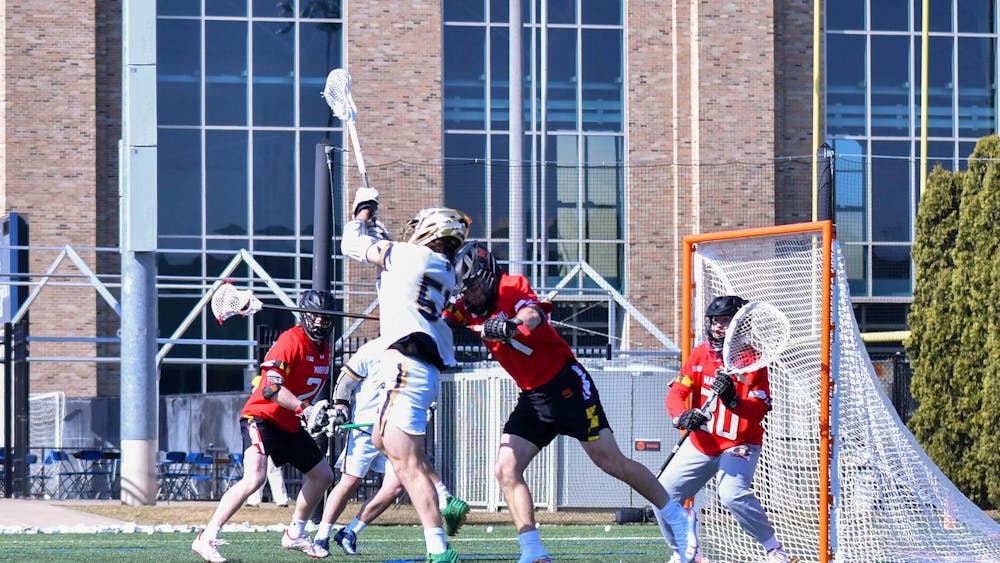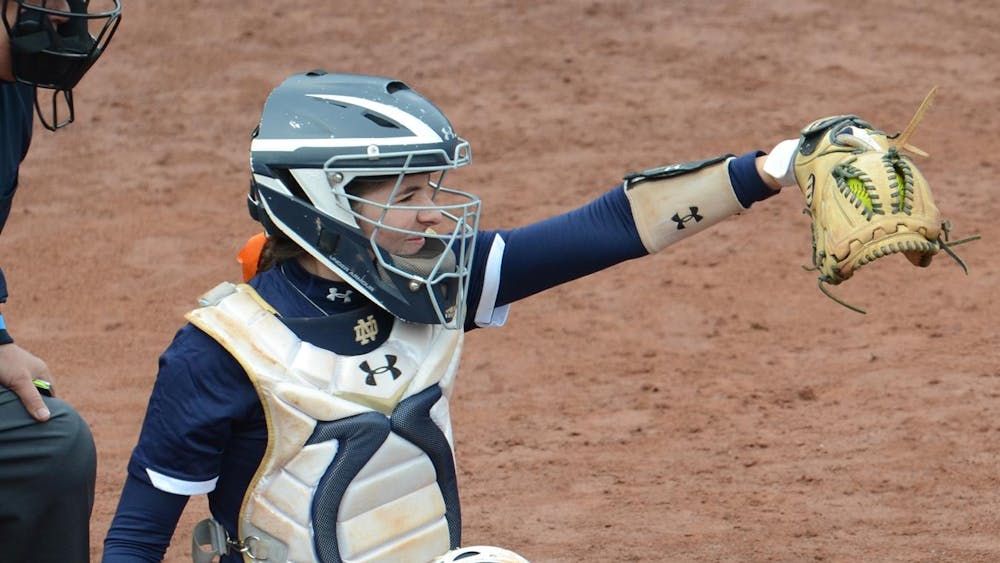Thanks to the rules meant to protect NFL receivers, Randall Cobb - Green Bay's speedy slot receiver - now has a fractured fibula. Cobb has been placed on the injured reserve and is out at least eight weeks.

On a critical third down against the Baltimore Ravens, Cobb ran a seam route. At the perfect moment, in the window behind the linebackers and in front of the safeties, quarterback Aaron Rodgers threw a strike to his gifted playmaker. The pass was a little high, and Cobb left his feet to rein the ball in. While he was in the air, Ravens' rookie safety Matt Elam hit Cobb just below the knee and brought him down four yards short of the first down marker. Green Bay fans across the nation groaned as Cobb had to be carted off the field.
Here's the problem. Not only was that hit perfectly within the rules, but also the new rules and league policies actually encourage hits like that.
Almost every week, one of the elite athletes in the NFL is fined for hitting a defenseless offensive player in the "head or neck region." Not only do these players go away with lighter wallets, but they are also tacked with 15-yard penalties for "unnecessary roughness."
The NFL argues that defensive players will adapt. They have to learn to hit in the "strike zone" and minimize the concussion-giving hits that currently plague the league. Well, here we saw evidence of a player "adapting" to the new regulations.
These policies certainly de-incentivize highlight reel upper body hits. What's the natural reaction? If players aren't going to hit high, they are going to hit low.
Elam, with these rules in mind, made the decision to hit the smaller Cobb low. As a result, he avoided a fine, a penalty, and effectively got a gifted athlete on the ground. The problem is, that player never got up.

This isn't the first time a defensive player took out an offensive player by going low. In the second week of the preseason, D.J. Swearinger, another rookie safety for Houston, cut down Miami's Dustin Keller at the knee. Keller tore his ACL, MCL and PCL and dislocated his knee all on that one play, effectively ending his season.
"With the rules in this era, you've got to hit low,'' Swearinger said after the game. "If I would have hit him high, I would have gotten a fine ... Right now, it's just instinct. You see somebody come across the middle, you've got to go low. You've got to play within the rules."
A hit to the knee is one of the most dangerous hits in the game. Careers are ended on hits like that. Knees are inherently fragile and hits like that are intrinsically violent.
When facing a gifted athlete trying to make you miss, you have to get him on the ground. One strategy may cost you thousands of dollars and your team fifteen yards. The other, meanwhile, is safe from these harsh policies and is effective. The problem is, both are equally dangerous to the receiver.
The NFL is stuck at a crossroads. Here they have two choices: they can extend the policies to protect the lower extremities of offensive players, further shrinking the "strike zone," or they can leave the policies as is and continue to encourage low hits. Due to the previous precedent, I fully expect the league to outlaw low hits to the knee.
Sure, that's safer. There will be fewer injuries, but at what consequence? You restrict defensive players to a minute "strike zone" on receivers. They have to manage to hit above the knee and below the neck, while at full speed, with receivers often airborne.
When Calvin Johnson, with his 6-foot-5 frame, takes flight, you're telling a defensive player he has a strike zone that starts about five feet above the turf. Try telling Elam, the 5-foot-10 free safety from Florida, that he can still effectively get that player on the ground.
At the same time, if the league does nothing, they look absolutely insincere about protecting player health. It would look like their concussion policies are purely a response to bad publicity.
So, what does the league do? Do they further regulate the league, functionally diminishing the game's violent character? Or do they throw offensive players to the wolves, encouraging physically destructive hits?
Sounds like a classic catch-22. Have fun with that one, Mr. Commissioner; someone is going to hate you no matter what you do.
Contact Aaron Sant-Miller at asantmil@nd.edu
The views expressed in this Sports Authority are those of the author and not necessarily those of The Observer.












